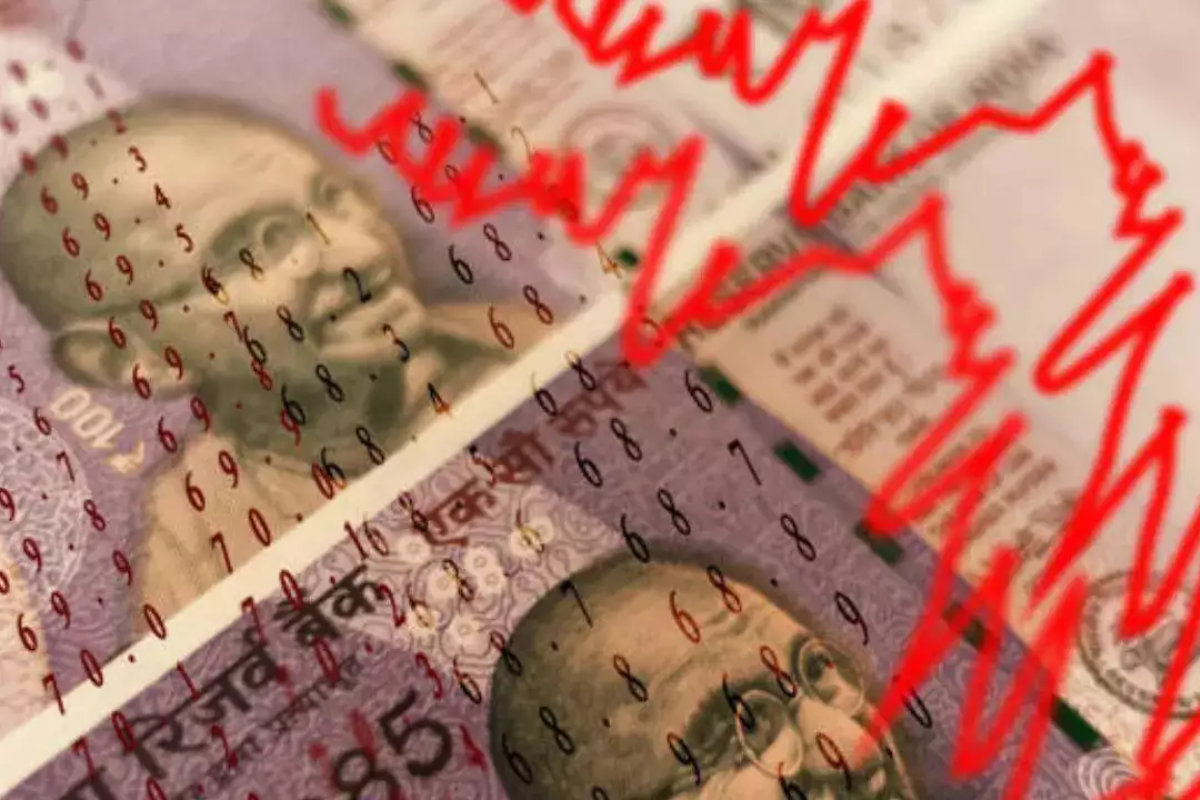- March 8, 2024
Unravelling market swings: Exploring the roots and applications of volatility

When market conditions change due to policy movements or macroeconomic shocks, volatility of the asset makes the buyer aware of the same and almost forewarns them of future jolts.
Volatility of a stock or a fixed asset is the changes in its value over a given period of time. If the value of an asset fluctuates frequently, it is considered highly volatile. Asset price volatility is almost unavoidable and even desirable to the extent that it demonstrates the asset’s reaction to events and outlook about the future in the micro and macro environment. When market conditions change due to policy movements or macroeconomic shocks, volatility of the asset makes the buyer aware of the same and almost forewarns them of future jolts.
Asset price volatility can cause financial instability and hence, concerns investors and analysts. They allocate financial resources basis expectations of financial markets behaviour/returns and react to varying underlying conditions. Market volatility can be determined by the standard deviation of price changes over a specific period. The value of standard deviation may enable you to identify the divergence of prices from the mean.
Reasons for volatility
- Low volatility: A long period of low volatility may result from good equity performance. A diminished level of correlation among various sectoral equity indices could also contribute to reduced volatility. According to the Value at Risk (VaR) metrics used by risk management experts, low financial market volatility reduces the expected loss over a given period and may spur risk-taking. Low volatility may also encourage build-up of leverage.
Investors may become overly complacent during periods of low volatility and could be tricked into believing that their portfolios are sufficiently diversified. It may lead to further risk-taking. Also, it could potentially result in substantial losses if there is a sudden spurt in volatility.
- Adverse Macro-Economic Environment: A deteriorating growth outlook could adversely impact firms’ earnings prospects, pushing down stock prices. This in turn could lead to further market volatility as investors could become sceptical about future cash flows. The phenomenon was evidently seen in the United States during the Great Depression in the 1930s. The stock markets then became excessively volatile and stayed that way for an extended period.
- Low Interest Rate Environment: In an environment characterised by low interest rates, investors are incentivised to amplify their portfolios at reduced interest costs, leading to greater-than-anticipated losses when volatility emerges and subsequently affects various asset classes. Insights from the markets indicate that post the Global Financial Crisis (GFC), low-volatility equity strategies gained popularity. Within a low interest rate regime, these strategies have generally shown strong performance. However, they are notably vulnerable to shifts in market conditions. Consequently, when the Federal Reserve increased interest rates by 500 basis points in FY23, it triggered upheaval in equity markets as leveraged trades unwound, causing a ripple effect across other asset classes.
- Equity Return Correlation: Empirical evidence suggests that a rise and fall in the stock market lowers and raises the volatility of financial assets, respectively. One possible interpretation links the inverse correlation to shifts in risk perception, as a decreased level of volatility is connected to a greater inclination to embrace risk, while a period of low volatility is likely to coincide with an upward trend in asset valuations.
Lessons for market participants
It is imperative that policymakers and market participants learn lessons from past volatility episodes to control factors such as leverage, shortage of liquidity, and lack of transparency to prevent volatility turning into instability. It’s an ongoing process and each crisis and subsequent innovation by the market can help policymakers improve their understanding.
Investors need to maintain sufficient buffers to withstand higher market volatility and possible adverse repercussions, such as falling financial asset prices and wider credit spreads. Investors would do well to stick to the below:
- Investing is a long-term game. Whether the market is volatile or stable, it is prudent to buy stocks with excellent fundamentals. In the long run, their returns will beat inflation.
- Refrain from panic selling of the kind seen during the Covid-19 pandemic when the equity markets worldwide, including in India, fell by ~30%. The markets recovered subsequently to again reach lifetime highs, underscoring the value of patience.
- Highly volatile markets often present an opportunity to buy excellent stocks at discounted values. Create an emergency fund to help you with liquidity for such bargain buys.
In volatile times, staying calm and patient and waiting for the storm to blow over is the best strategy. Good corporates will work through adverse situations and eventually navigate the turbulent times giving inflation-beating returns, as has been witnessed recently. As an investor, staying calm and disciplined will help you make the most of volatile markets.
Dr. Poonam Tandon penned this piece for Business Today.
Views are personal and do not represent the stand of this publication.
